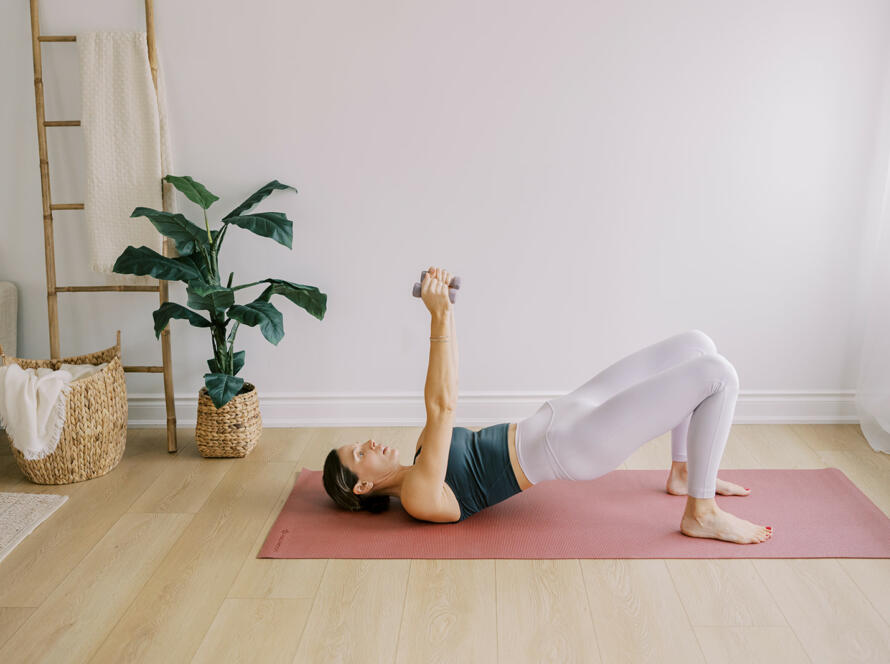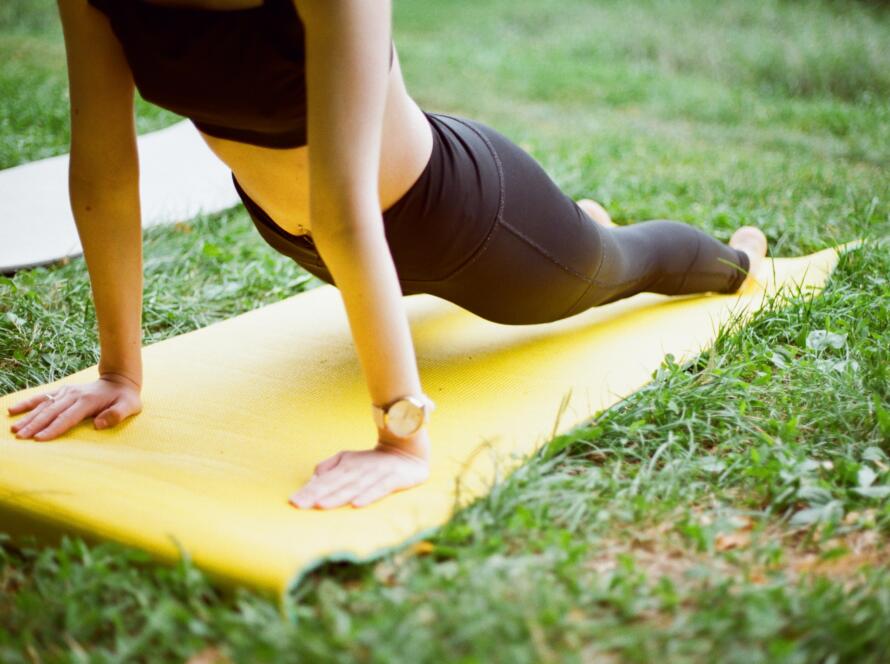I am often reminded of the basic Principles of Pilates when I teach online PIlates classes. They are the undercurrent of a well designed Pilates practice. It is common practice to hear some of these principles repeated throughout a class by your Pilates Instructor.
The 6 fundamental principles of Pilates include:
- Control
- Concentration
- Centering
- Breathing
- Flow
- Precision
The first three principles listed above (which all happen to start with C) are used to sharpen your mind; centering, concentration and control. Just when you thought Pilates was only good for your body… it turns out it is also good for your brain! I often think of Pilates as an excellent moving meditation. It forces our minds and our bodies to work together in the present moment.
Each Pilates principle brings its own strength individually. However, when used all together the six principles compliment each other and account for the effectiveness of Pilates. The results? Strength, grace, balance and ease of motion.
Control: This represents the idea that your mind directs and manages each movement in the body. As quoted by Joseph Pilates “Good posture can be successfully acquired only when the entire mechanism of the body is under perfect control.” Think of it as less sloppy movements and more slow, controlled movements.
Concentration: During your practice, nothing is more important than the task at hand. That does not include thinking about what you are going to have for dinner or if you fed the dog this morning. Who can relate to your mind wandering during a task? I can! However, with practice and by bringing awareness to the details of your Pilates exercise you will help to sharpen this skill.
Centering: This means drawing your mental focus to the centre (or powerhouse/core) of your body. The approximate area includes the lower ribs to the hips. It’s easy to get lost in a movement but noticing the energy in your core during a Pilates class will help to foster this principle.
Breath: Try taking a deep belly breath right now and noticing how amazing it is to calm the nervous system. Our breath is so important and (not to be too dramatic) our very life depends on it. In Joseph Pilates original exercises he placed great emphasis on this principle. He specified deep inhales and exhales as part of each exercise. Try it in your next Pilates class when you find yourself challenged. It will help you move through the exercise and build endurance.
Flow: This one might be my favourite. Joseph Pilates believed that each Pilates exercise can and should be done in a flowing manner with the goals of fluidity, elegance and grace. This might be the reason why many dancers love Pilates. I personally love the feeling of various muscles in the body connected to each other and losing myself in the flow of movement.
Precision: If you are technically inclined you will appreciate this principle. The idea is to maintain a conscious awareness of precision during each exercise’s movements. Originally, Pilates included step by step instructions to execute each exercise. Present day Pilates has evolved, however postural alignment and specific placement of each part of the body is still important.
Joseph Pilates has a famous quote (he actually had many…) but the one I love is “Physical Fitness is the first requisite of happiness”. When the mind and body work together it can help us achieve strength, power and peace inside and out. And on that note, I wish you health and happiness and a good Pilates workout!
–Christine Kirkland is a Certified Pilates Instructor offering online Pilates classes. She specializes in helping adults to increase their balance, strength, mobility and feel their best every day. Sign up for the newsletter which is jam packed full of fitness tips and advice for seniors, bonus freebies and subscriber exclusives by clicking here.
Sources:
PILATES’ RETURN TO LIFE THROUGH CONTROLOGY. Author: Joseph Pilates
The Women’s Health Big Book of Pilates: The Essential Guide to Total Body Fitness. Author: Brooke Siler


